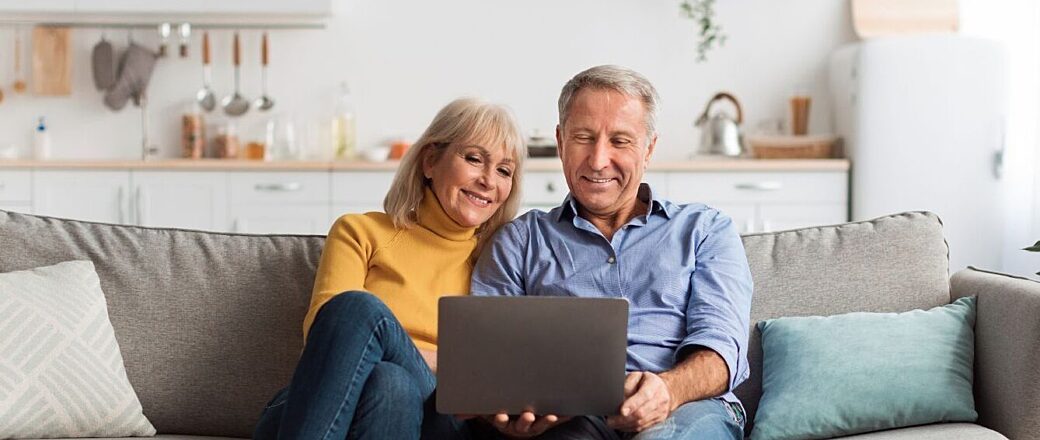by Nathan Wheeler
Pride, Pouches & Positivity
For Pride Month and Men's Health Week Nathan tells about his journey learning to live with an ileostomy as a gay man.
New customers: 0808 256 5400
Registered customers: 0800 318 965


by Nathan Wheeler
For Pride Month and Men's Health Week Nathan tells about his journey learning to live with an ileostomy as a gay man.
by SecuriCare Team
Irritable Bowel Syndrome (IBS) is a common but often misunderstood digestive condition that affects millions of people worldwide, including an estimated 13 million…
by SecuriCare Team
This Bowel Cancer Awareness Month find out how to recognise the symptoms of bowel cancer and the challenges young people face in diagnosis.
by SecuriCare Team
For World Kidney Day we're giving you the low down on kidneys, nephrostomies and how stoma bags can be used in post-surgery care.
by Anita Brown
Anita outlines some of the common worries that people with stomas may experience when they're out and about.
by Dionne McFarlane
Dionne talks about what it’s like to use an intermittent catheter and provides some helpful tips and advice.